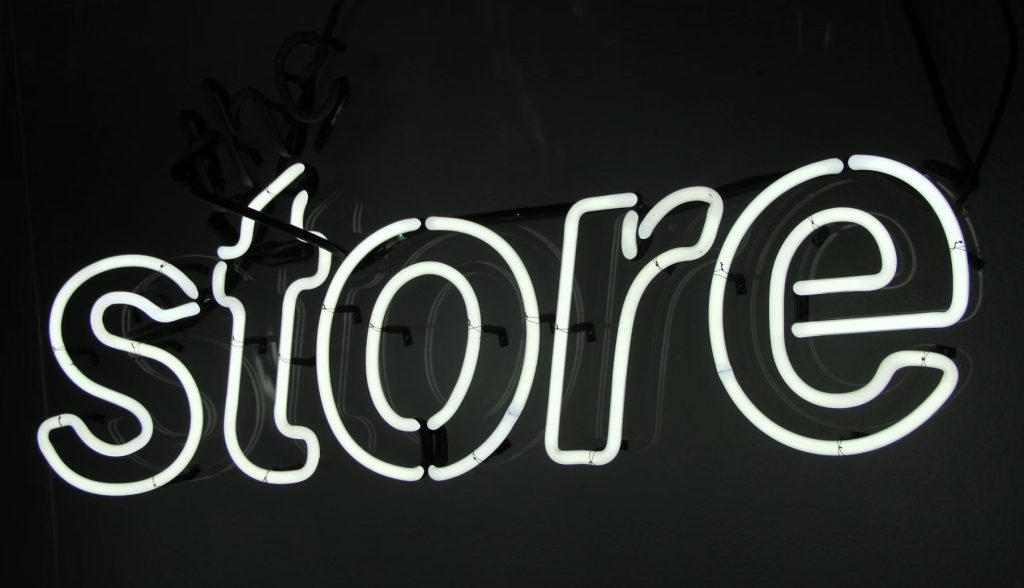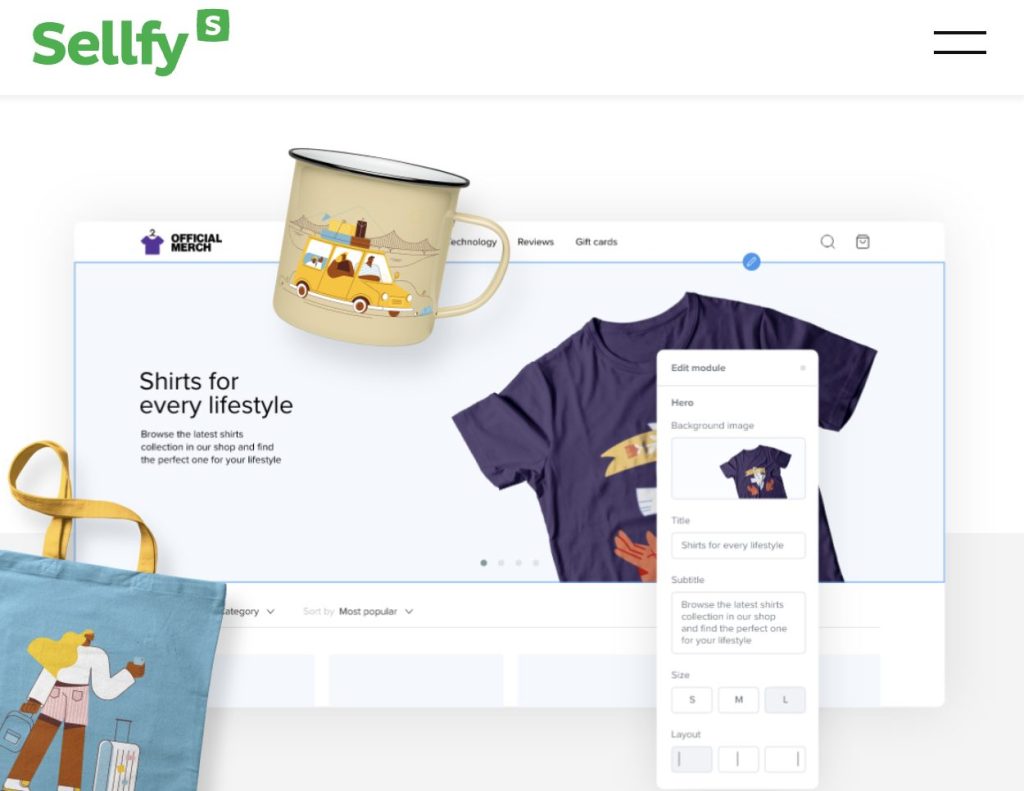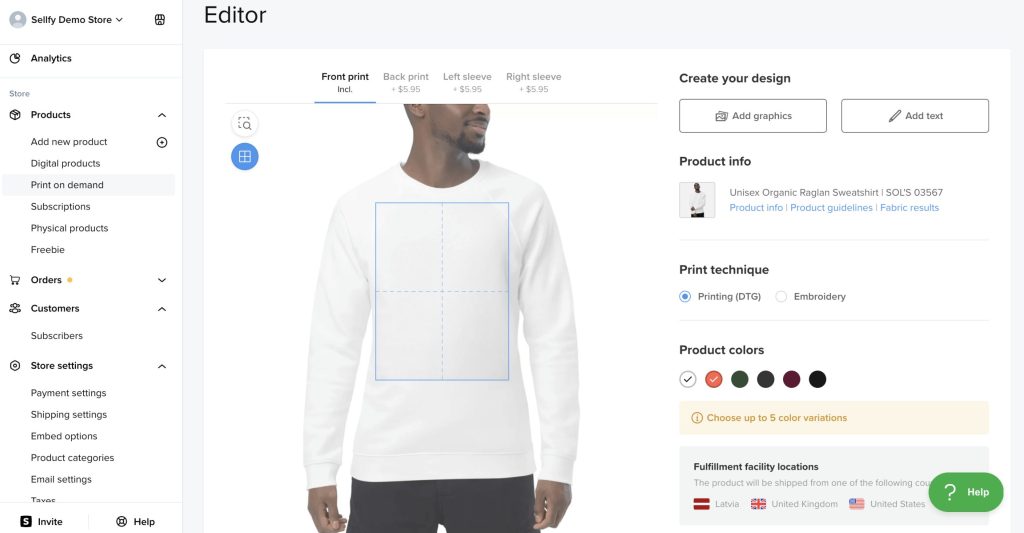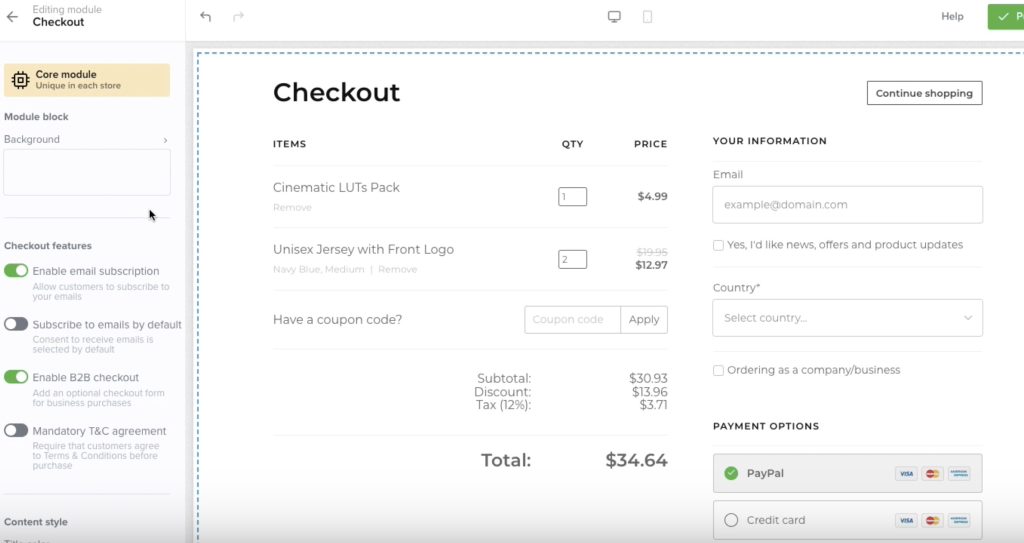Sellfy Review 2024 – Better than Shopify?
I’ve had the opportunity to explore various e-commerce platforms through the years of selling online. I would like to talk about a newcomer to the market – Sellfy, and how it compares to the “Goliath” Shopify when in comes to selling digital items.
Both platforms have their strengths, but Sellfy offers some unique features that make it particularly appealing for digital product sellers. In this review, I’ll highlight the key features that set Sellfy apart from Shopify. Note that digital goods is probably the “easiest” product to sell. So although this review is focused on it (because that’s the only type of product I’ve sold) – it should also apply to physical goods.
Key Features of Sellfy That Shopify Doesn’t Have
1. Built-In Marketing Tools
Sellfy offers a suite of built-in marketing tools designed to help you grow your business without needing third-party apps. These tools include:
- Email Marketing: You can create and send email campaigns directly from Sellfy, helping you stay connected with your audience and promote your products.
- Discount Codes and Coupons: Sellfy makes it easy to create and manage discount codes to drive sales and attract new customers.
- Upselling and Cross-Selling: With built-in features to suggest additional products during checkout, Sellfy helps increase your average order value.
Shopify: While Shopify offers some built-in marketing tools, it often requires additional apps from the Shopify App Store to match the marketing capabilities that Sellfy provides out of the box. This can lead to higher costs and more complexity in managing your store.
Again, marketing applies to all types of sellable items – not just digital. So this is a big win for Sellfy.
2. Digital Products Optimization
Sellfy is optimized for selling digital products, making it a standout choice for creators of eBooks, music, software, and other digital content. Features include:
- Instant Downloads: Sellfy provides immediate delivery of digital products upon purchase, ensuring a smooth customer experience.
- Secure File Hosting: Your digital files are securely hosted on Sellfy’s servers, protecting your content from unauthorized access.
- Unlimited Bandwidth: Sellfy’s unlimited bandwidth ensures that your customers can download their purchases quickly and without interruption.
Shopify: While Shopify supports digital products, it lacks some of the seamless integration and optimization that Sellfy offers. Selling digital goods on Shopify may require additional apps or workarounds to achieve the same level of functionality.
3. Small Business Focused
Sellfy is more for small businesses because it’s incredibly easy to use and lets you get up and running quickly, even if you’re not tech-savvy. One of the best things about Sellfy is that they don’t charge transaction fees. Unlike other platforms that take a cut of each sale, Sellfy allows you to keep all your earnings. This is a huge advantage for small businesses, as every dollar counts when you’re trying to grow. Without the worry of losing money to transaction fees, you can focus on what matters most: expanding your business and reaching more customers.

Another reason Sellfy is great for small businesses is the range of helpful tools it offers. You can easily customize your storefront to match your brand, and Sellfy’s marketing features help you promote your products effectively. It also integrates smoothly with payment processors like PayPal and Stripe, making it simple to handle transactions.
Because you’re not losing any money to transaction fees, you can fully utilize these tools to boost your sales and improve customer relationships. This financial peace of mind is invaluable, allowing you to plan better and put more resources into growing your business.
Now Shopify on the other hand, is geared towards established businesses – with a large customer base. Don’t get me wrong – you can still run with Shopify if you’re small – but you might get “sticker shock” when it comes to the fees and monthly pricing.
4. Print on Demand Integration
Sellfy includes built-in print-on-demand services, allowing you to sell custom merchandise without needing to manage inventory.
Key features include:

- Built-In Print on Demand: Sellfy partners with print-on-demand providers to offer seamless integration, letting you create and sell custom merchandise directly from your store.
- No Inventory Management: Sellfy handles the production, fulfillment, and shipping of print-on-demand products, so you can focus on creating and marketing your designs.
Shopify: While Shopify supports print-on-demand through various third-party apps, it doesn’t have built-in print-on-demand capabilities. You’ll need to integrate with external services like Printful or Printify, which can add complexity and additional costs.
It is also noteworthy to mention Etsy in this section. You might be thinking of selling there especially for print goods. The problem with Etsy is getting found in their search. It is not that easy to be on top of the results. Just keep that in mind.
5. Clean Checkout Process
Sellfy is known for its straightforward and clean checkout process, which enhances the user experience and can help improve conversion rates. Features include:
- Simple Checkout: Sellfy’s checkout process is streamlined and user-friendly, reducing friction and cart abandonment.
- Customization Options: You can customize the checkout experience to match your brand, providing a cohesive look and feel for your customers.
The screenshot above shows the checkout customizer built in for Sellfy.
Shopify: Shopify’s checkout process is robust and customizable, but it can be more complex, especially if you use additional apps or features. While Shopify offers a high degree of customization, the checkout flow might not be as straightforward as Sellfy’s out-of-the-box solution.
This is a big deal especially for non techie folks like myself.
Conclusion: Sellfy vs. Shopify
While both Sellfy and Shopify have their merits, Sellfy offers several key features that make it particularly well-suited for selling digital goods. It provides everything you need to run a successful digital store without the added complexity and cost of third-party apps.
So digital goods, built-in marketing, cheaper costs – Sellfy is a better choice.
On the other hand, if you need a platform with your established business and handle a wider variety of products, Shopify might be worth the investment. Remember that it might have a steeper learning curve – but that shouldn’t be an issue if you’re a fast learner. Also, Shopify has a great support team and documentation to get you up and running.
This will also be interesting to you – 5 Reasons Your Own Online Shop Trumps Amazon.
One more thing – if you decide to go with Sellfy – you can get a 35% discount on their yearly business plan by clicking my link and using the code: “special“.
This article is submitted by Nunsinee Chaplitayah – founder of Flamingo Designs. Nunsinee likes to draw on her spare time and experiment with different recipes.



